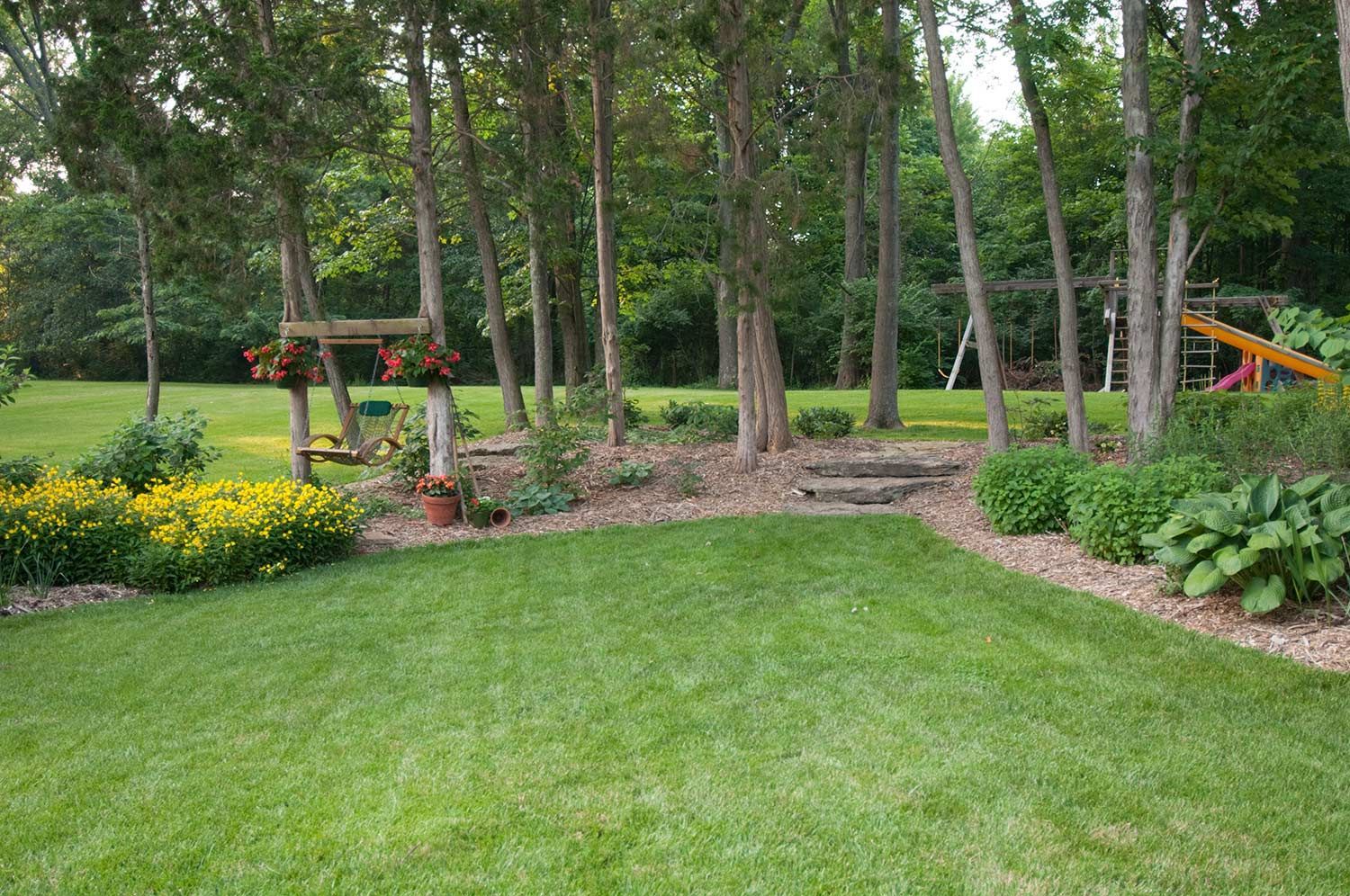Blog
Stay Informed with Our Landscaping Tips

14 Mar, 2024
Dreaming of a lush, green lawn without the wait? Look no further than sod installation. Sod offers an instant solution to transform your outdoor space into a verdant oasis. In this comprehensive guide, we'll explore the benefits of sod installation and provide step-by-step instructions to help you achieve a picture-perfect lawn with ease. The Benefits of Sod Installation: Sod installation offers numerous advantages over traditional seeding methods, making it a popular choice for homeowners seeking immediate results. Here are some key benefits: Instant Gratification: Unlike seeding, which requires weeks or even months for grass to establish, sod provides an instant lawn. With sod installation, you can enjoy a lush, green lawn almost immediately, enhancing your outdoor living space without the wait. Weed Control: Sod is grown from weed-free turfgrass varieties, minimizing the risk of weed infestations compared to seeding. This helps maintain a pristine lawn appearance and reduces the need for ongoing weed management. Erosion Control: Sod provides immediate erosion control, stabilizing the soil and preventing sediment runoff. This is particularly beneficial for sloped or uneven terrain where erosion can pose a challenge. Soil Health: Sod comes with a layer of mature roots and soil, promoting rapid establishment and healthy growth. This helps improve soil structure, increase organic matter content, and enhance overall soil health. Versatility: Sod can be installed virtually anywhere, from residential lawns and commercial properties to sports fields and parks. Its versatility makes it a popular choice for a wide range of landscaping projects. Step-by-Step Guide to Sod Installation: Now that we've explored the benefits of sod installation, let's dive into the step-by-step process to achieve professional results: Prepare the Soil: Begin by preparing the soil surface to ensure proper sod adhesion and root establishment. Remove any debris, rocks, or existing vegetation, and till the soil to a depth of 4-6 inches to promote root penetration. Grade the Surface: Level the soil surface using a rake or leveling tool, ensuring uniformity and proper drainage. Fill in low spots and eliminate high spots to create a smooth, even surface for sod installation. Measure and Order Sod: Measure the area to be sodded accurately, taking into account any irregularities or curved edges. Order the appropriate amount of sod based on your measurements, ensuring adequate coverage without excess waste. Install Sod: Begin laying sod along a straight edge, such as a sidewalk or driveway, to ensure a neat, uniform appearance. Stagger the sod joints like brickwork to minimize gaps and promote seamless integration. Trim and Shape: Use a sharp utility knife or sod cutter to trim the edges and shape the sod to fit irregular areas or curves. Pay attention to detail, ensuring a precise fit and professional finish. Water Thoroughly: After sod installation, water the entire area thoroughly to promote root establishment and minimize stress. Keep the sod consistently moist, watering deeply to encourage deep root growth. Maintain Regularly: Monitor the newly sodded lawn closely and adjust watering frequency as needed to keep the sod moist but not waterlogged. Avoid heavy foot traffic or mowing until the sod has fully established, typically within 2-3 weeks. Conclusion: Sod installation offers a convenient and efficient way to achieve a lush, green lawn with minimal time and effort. By following the step-by-step guide outlined in this post and investing in quality sod, you can enjoy the immediate gratification of a beautiful lawn that enhances your outdoor living experience. With proper care and maintenance, your sodded lawn will thrive for years to come, providing enjoyment and beauty for your home or property.
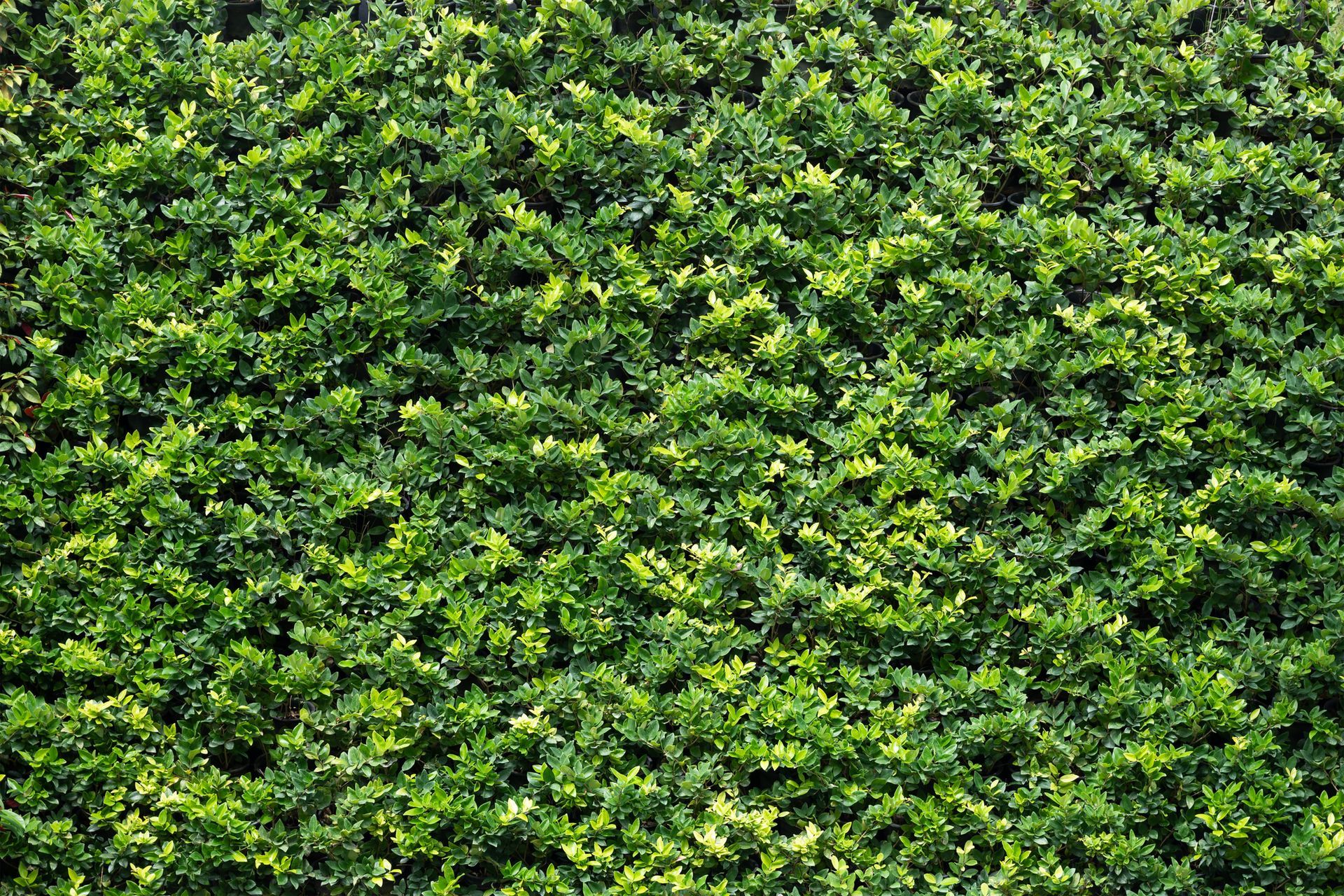
14 Mar, 2024
A lush, green lawn is the pride of any homeowner, but maintaining its vibrancy requires proactive care and attention. One essential practice in achieving a healthy and resilient lawn is overseeding. In this blog post, we'll delve into the benefits of overseeding and provide a step-by-step guide to help you transform your lawn into a verdant oasis. Understanding Overseeding: Overseeding involves spreading grass seed over an existing lawn to fill in bare patches, improve density, and introduce new grass varieties. This process rejuvenates the turf, enhancing its overall appearance and resilience. Here's why overseeding is crucial for maintaining a vibrant lawn: Thickens Turf: Over time, lawns can develop thin or bare areas due to factors such as foot traffic, pests, or environmental stress. Overseeding helps thicken the turf, filling in gaps and creating a dense, uniform lawn. Introduces Diversity: By overseeding with different grass varieties, you can enhance the lawn's resilience to pests, diseases, and environmental conditions. This diversity strengthens the turf's ability to withstand stress and maintain its vigor year-round. Improves Appearance: Overseeding revitalizes the lawn's color and texture, giving it a fresh, rejuvenated look. Whether you're addressing patchy areas or simply aiming to enhance overall aesthetics, overseeding can transform your lawn's appearance. Enhances Soil Health: Grass roots help to aerate and nourish the soil, promoting microbial activity and improving its structure. Overseeding contributes to soil health by stimulating root growth and increasing organic matter content. The Overseeding Process: Now that we understand the benefits of overseeding, let's explore the step-by-step process to achieve optimal results: Prepare the Lawn: Begin by mowing the existing grass to a height of 1.5 to 2 inches. Rake away any debris, thatch, or dead grass to expose the soil surface and create an ideal environment for seed germination. Select the Right Seed: Choose a high-quality grass seed blend that's well-suited to your climate, soil type, and sun exposure. Consider factors such as drought tolerance, disease resistance, and maintenance requirements when selecting the seed mix. Spread the Seed: Using a broadcast spreader or handheld spreader, evenly distribute the grass seed across the lawn surface. Aim for thorough coverage, ensuring that each area receives an adequate amount of seed for optimal germination. Apply Fertilizer and Mulch: After seeding, apply a slow-release fertilizer to provide essential nutrients for seedling growth. Additionally, applying a thin layer of mulch or compost helps retain moisture and protect the seeds from birds and erosion. Water Regularly: Keep the newly seeded areas consistently moist by watering lightly multiple times a day, especially during the first few weeks after overseeding. Avoid overwatering, as excessive moisture can promote fungal growth and seed rot. Monitor Growth and Maintenance: As the grass seed germinates and establishes, monitor its progress and adjust watering frequency as needed. Once the new grass reaches a height of 3 inches, gradually transition to a regular watering and mowing schedule. Conclusion: Overseeding is a simple yet effective way to rejuvenate and revitalize your lawn, ensuring its long-term health and beauty. By following the steps outlined in this guide and investing in quality grass seed, you can transform your lawn into a lush, green oasis that enhances your outdoor living experience. With proper care and maintenance, overseeding can rejuvenate your lawn's appearance and ensure its resilience for years to come.
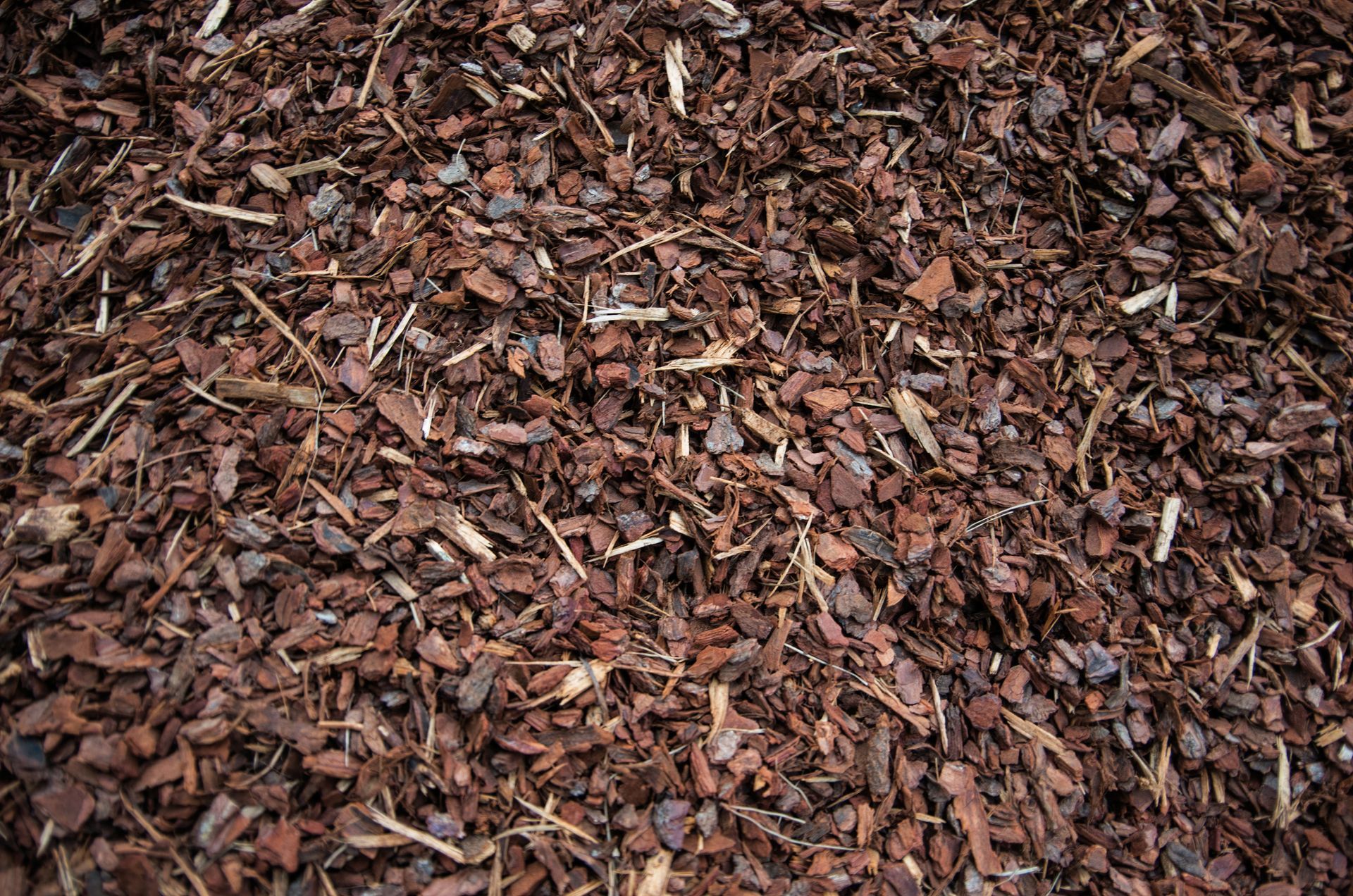
14 Mar, 2024
As the seasons change and your lawn transitions through various stages of growth, one practice stands out as a cornerstone of healthy lawn maintenance: mulching. Mulching isn't just about aesthetics; it's a vital component of nurturing your lawn's health and vitality. In this blog post, we'll explore the benefits of mulching and how incorporating this simple technique into your lawn care routine can yield impressive results. Why Mulching Matters: Mulch serves as a protective layer covering the soil surface around your plants and grass. Its benefits extend far beyond mere visual appeal. Here are some key reasons why mulching matters: Moisture Retention: Mulch acts as a barrier, reducing moisture evaporation from the soil. This helps to keep the root zone consistently moist, especially during hot summer months, reducing the need for frequent watering. Weed Suppression: A thick layer of mulch inhibits weed growth by blocking sunlight and preventing weed seeds from germinating. This minimizes the competition for nutrients and space, allowing your grass and plants to thrive. Soil Health: As mulch decomposes, it enriches the soil with essential nutrients, improving its structure and fertility. This creates a conducive environment for beneficial microorganisms, promoting overall soil health. Temperature Regulation: Mulch acts as insulation, protecting plant roots from extreme temperature fluctuations. In winter, it helps to retain soil warmth, while in summer, it keeps the soil cool, fostering optimal growing conditions. Choosing the Right Mulch: When it comes to selecting mulch for your lawn, there are several options to consider, each with its own set of characteristics and benefits. Some popular choices include: Organic Mulch: Made from natural materials such as wood chips, shredded bark, or compost, organic mulch enriches the soil as it decomposes. It's ideal for improving soil structure and fertility. Inorganic Mulch: Materials like gravel, stone, or rubber mulch provide long-lasting weed suppression and moisture retention. While they don't decompose, they offer excellent durability and low maintenance. Mulch Color: Consider the aesthetic appeal of mulch and how it complements your landscape design. Dark-colored mulches absorb more heat, which can be beneficial in cooler climates, while lighter-colored mulches reflect heat, keeping the soil cooler in warmer regions. Best Practices for Mulching: To maximize the benefits of mulching and ensure optimal results, follow these best practices: Apply a Layer of Mulch: Spread a layer of mulch evenly around your plants and grass, maintaining a thickness of 2-4 inches. Avoid piling mulch against plant stems or tree trunks, as this can promote rot and pest infestations. Mulch Maintenance: Periodically replenish mulch as needed to maintain the desired thickness. Additionally, fluffing or raking mulch helps to prevent compaction and improve air circulation around plant roots. Mulch Installation Timing: Spring and fall are ideal times to apply mulch, as they coincide with periods of active growth for most plants. However, mulching can be done year-round as needed to address specific issues such as moisture retention or weed control. Conclusion: Incorporating mulching into your lawn care regimen is a simple yet effective way to promote the health and beauty of your outdoor space. By harnessing the power of mulch to retain moisture, suppress weeds, and nourish the soil, you can create an environment where your grass and plants can thrive. Whether you opt for organic or inorganic mulch, the key is consistency and proper application. With regular mulching, you'll enjoy a lush, vibrant lawn that's the envy of the neighborhood.
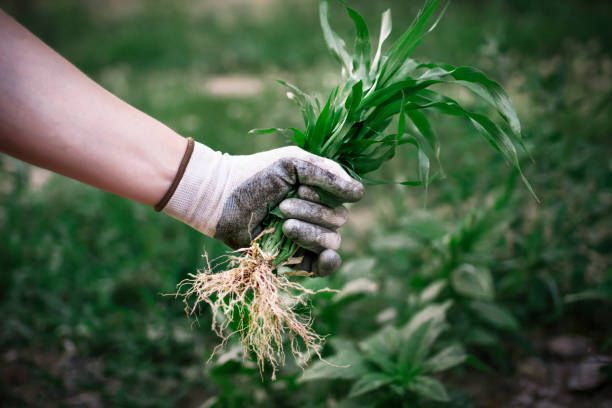
13 Mar, 2024
At Great-Greens, we believe in more than just providing exceptional lawn care – we believe in building community roots. In this blog post, we'll share our commitment to Northern Illinois and the various ways in which we actively contribute to the well-being of our local community. Local Engagement, Lasting Impact: Northern Illinois is more than just our service area; it's our home. Great-Greens is deeply rooted in the communities we serve, and our commitment extends beyond pristine lawns. Discover how our team actively engages with local events, sponsors community initiatives, and contributes to the overall vibrancy of Northern Illinois. Environmental Stewardship: As stewards of the green landscapes that define Northern Illinois, Great-Greens places a high value on environmental responsibility. Learn about our eco-friendly lawn care practices, designed to minimize our ecological footprint while promoting the health of your lawn. From sustainable fertilization to mindful weed control, we're dedicated to preserving the natural beauty of Northern Illinois for generations to come. Supporting Local Initiatives: Great-Greens is more than a lawn maintenance company; we're your neighbors dedicated to making a positive impact. Explore how we actively support local initiatives, from community clean-up events to partnerships with schools and youth organizations. We believe in giving back to the community that has entrusted us with the care of its green spaces. Educational Outreach: Our commitment to Northern Illinois extends to educational outreach programs. Great-Greens is passionate about sharing our knowledge of lawn care, environmental conservation, and seasonal gardening tips. Stay tuned for workshops, webinars, and informative content designed to empower the community with the tools to cultivate healthy and sustainable outdoor spaces. Join Us in Growing Northern Illinois: Northern Illinois is more than just a location; it's a community that thrives on collaboration and care. Great-Greens invites you to join us in growing Northern Illinois not just through vibrant lawns but through active community engagement and environmental stewardship. Together, let's foster a sense of belonging and beauty that makes Northern Illinois a place we're proud to call home. Stay connected with Great-Greens as we continue to nurture not only lawns but the heart of Northern Illinois.
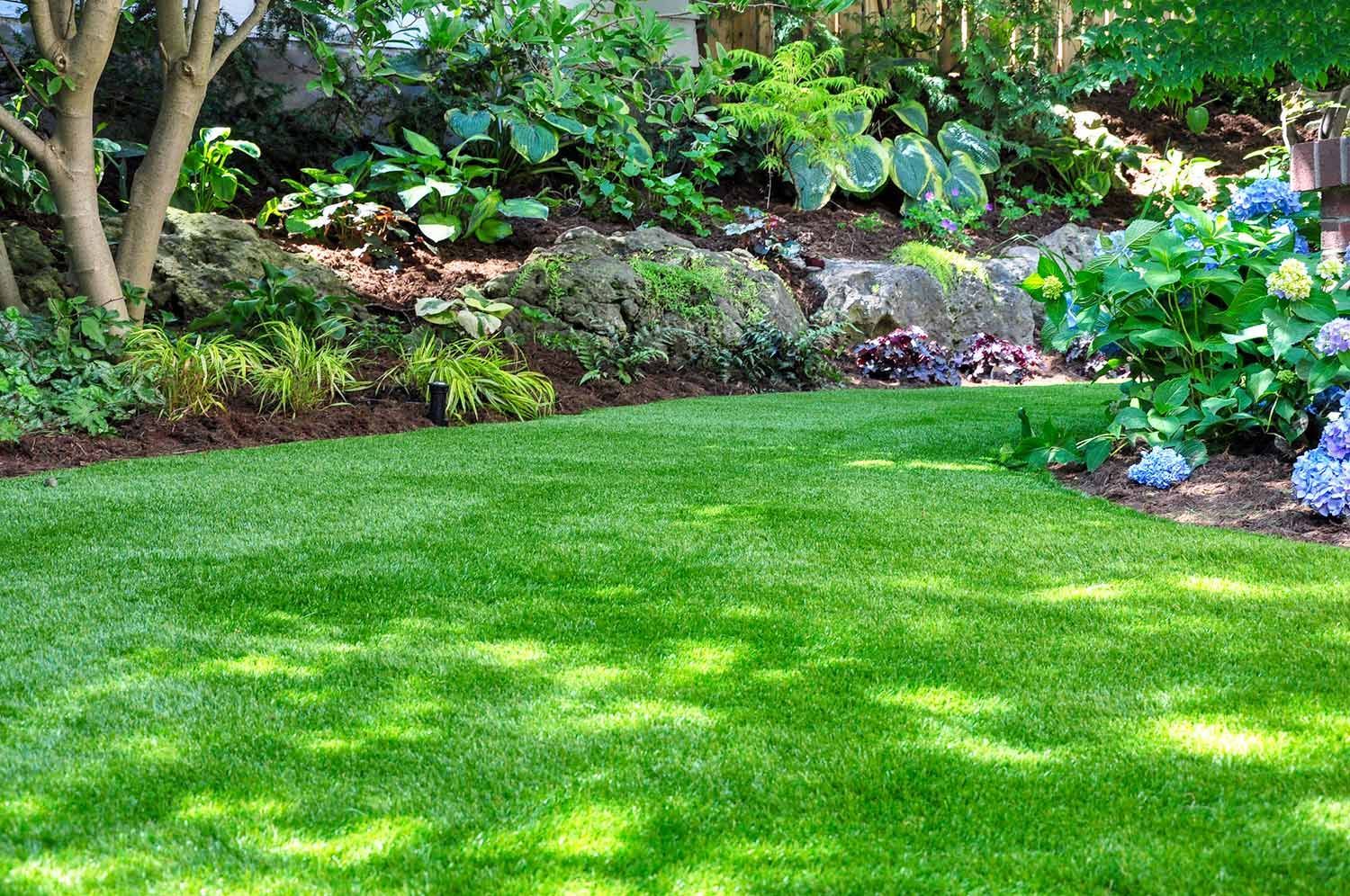
13 Mar, 2024
Living in Northern Illinois means experiencing the diverse beauty of all four seasons, each bringing its own set of challenges and opportunities for lawn care. In this blog post, we'll take you through a year-round guide on how to care for your lawn in every season, with insights and tips from the experts at Great-Greens. Embracing the Seasons: Northern Illinois is known for its distinct seasons, from the snowy landscapes of winter to the warm blossoms of spring and the lush greenery of summer. Great-Greens understands that each season requires a unique approach to lawn care. Discover the importance of seasonal fertilization, the dos and don'ts of winter lawn care, and how to prepare your turf for the vibrant blooms of spring. Local Insights for Year-Round Success: Our team at Great-Greens is well-acquainted with the nuances of Northern Illinois, and we bring this local knowledge to every lawn care strategy. Whether it's adapting to the challenges of a cold winter or ensuring your lawn thrives in the heat of summer, our year-round guide is designed to help you navigate the diverse climate of Northern Illinois and keep your lawn looking its best. Winter Resilience: Northern Illinois winters can be harsh, but with the right care, your lawn can emerge resilient and vibrant come spring. Learn about winter lawn protection, the benefits of strategic snow removal, and how to prepare your grass for the challenges of the frosty season. Great-Greens is here to guide you through winter and set the stage for a flourishing lawn in the warmer months. Spring Awakening: As the snow melts and spring arrives, it's time to rejuvenate your lawn. Explore our tips for spring fertilization, effective weed control, and proper aeration to kickstart the growing season. Great-Greens is committed to helping your lawn awaken with vitality and beauty after the winter slumber. Your Partner in Seasonal Success: Great-Greens is not just a lawn maintenance company; we're your partners in seasonal success. Whether you're navigating the snow-covered lawns of winter or basking in the summer sun, our year-round guide ensures that your lawn is well-prepared for every season Northern Illinois has to offer. Trust Great-Greens to be your guide to a healthy, vibrant lawn, no matter the weather.
Request a free quote, get information, or ask for professional advice – call our team at 815-846-4228.
Content, including images, displayed on this website is protected by copyright laws. Downloading, republication, retransmission or reproduction of content on this website is strictly prohibited. Terms of Use
| Privacy Policy
